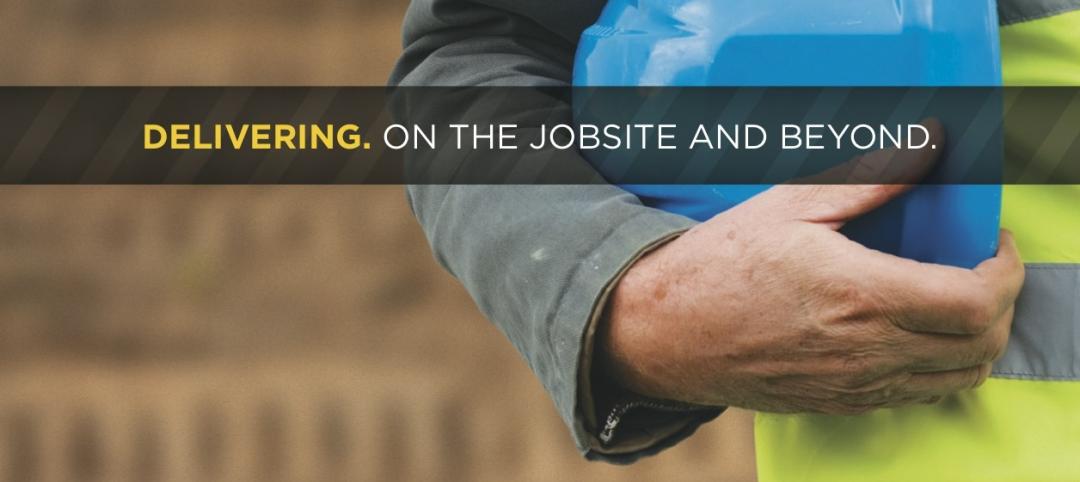The FMI Nonresidential Construction Index Report (NRCI) for Q4 2015 says that nonresidential construction is experiencing a slowdown. The NRCI dropped four points to 59.5, the lowest score since Q4 in 2013.
Panelists displayed a declining outlook for the overall economy, which was down 12.3 points to 58.3 from Q3. The report found that the expectations of activity in economic sector and the expected change in backlog scores also fell, and the cost of construction material rose.
“Economic recovery momentum is losing steam and rising costs in labor and materials start to put a load on the industry,” Chris Daum, President and CEO of FMI, said in a statement. “Next year will likely be more challenging for industry growth than 2015. Firms that excel at recruiting and training the most skilled workforce will have a strategic edge in the marketplace.”
Key takeaways in the Q4 NRCI:
· The overall economy where panelists do business is down. Panelists’ business is slowing down with a grim outlook of the overall economy.
· Panelists’ construction business is slipping. Although the panelists’ expectation of their construction activities slipped by 5.8 points to 69.9, it shows residual recovery momentum.
· There is an expected drop in backlog. The measure of expected change in backlog dropped to 62.2 from last quarter’s 68.2, a median of the past 12 months.
· The cost of construction materials and labor is rising. The cost of labor and materials continues to go higher. Generally, it is expected that costs will rise as business improves, thus holding down the overall NRCI index number.
Related Stories
| Mar 13, 2014
Austria's tallest tower shimmers with striking 'folded façade' [slideshow]
The 58-story DC Tower 1 is the first of two high-rises designed by Dominique Perrault Architecture for Vienna's skyline.
| Mar 12, 2014
London grows up: 236 tall buildings to be added to skyline in coming decade, says think tank
The vast majority of high-rise projects in the works are residential towers, which could help tackle the city's housing crisis, according to a new report by New London Architecture.
| Mar 12, 2014
14 new ideas for doors and door hardware
From a high-tech classroom lockdown system to an impact-resistant wide-stile door line, BD+C editors present a collection of door and door hardware innovations.
| Mar 10, 2014
Field tested: Caterpillar’s Cat B15 rugged smartphone
The B15 is billed by Cat as “the most progressive, durable and rugged device available on the market today.”
| Mar 10, 2014
5 rugged mobile devices geared for construction pros
BD+C readers share their most trusted smartphone and tablet cases. The editors select some of their faves, too.
| Mar 6, 2014
Must see: Tour Seinfeld's apartment with virtual reality headset
Fans of the show can now explore a virtual 3D model of the iconic New York residence, thanks to one Web designer's painstaking effort.
| Mar 5, 2014
5 tile design trends for 2014
Beveled, geometric, and high-tech patterns are among the hot ceramic tile trends, say tile design experts.
| Mar 4, 2014
How EIFS came to America
Design experts from Hoffmann Architects offer a brief history of exterior insulation and finish systems in the U.S.
| Mar 4, 2014
CENTRIA Demonstrates Commitment to Contractors
New Brochure Highlights Architectural Metal Panel Manufacturer’s Products, Expertise and Experience
| Mar 3, 2014
Engineering and construction CEOs are cautiously optimistic about the global economy, says PwC
Firm leaders remain leery about the availability of skilled workers, the state of government debt and deficits, and rising material prices, according to PwC’s 2014 Global CEO Survey.

















